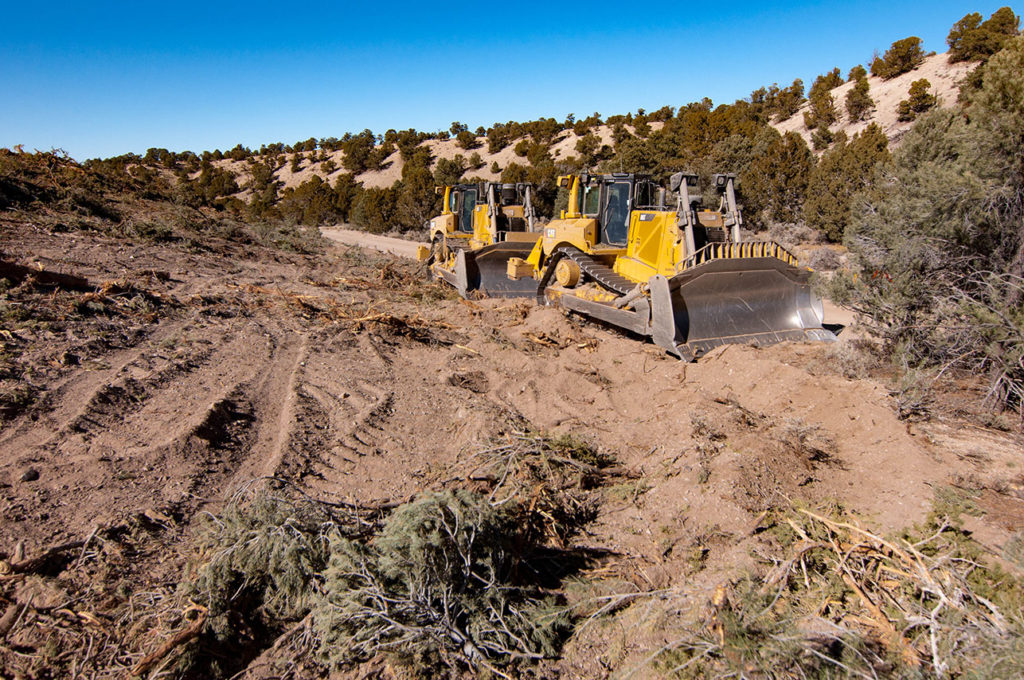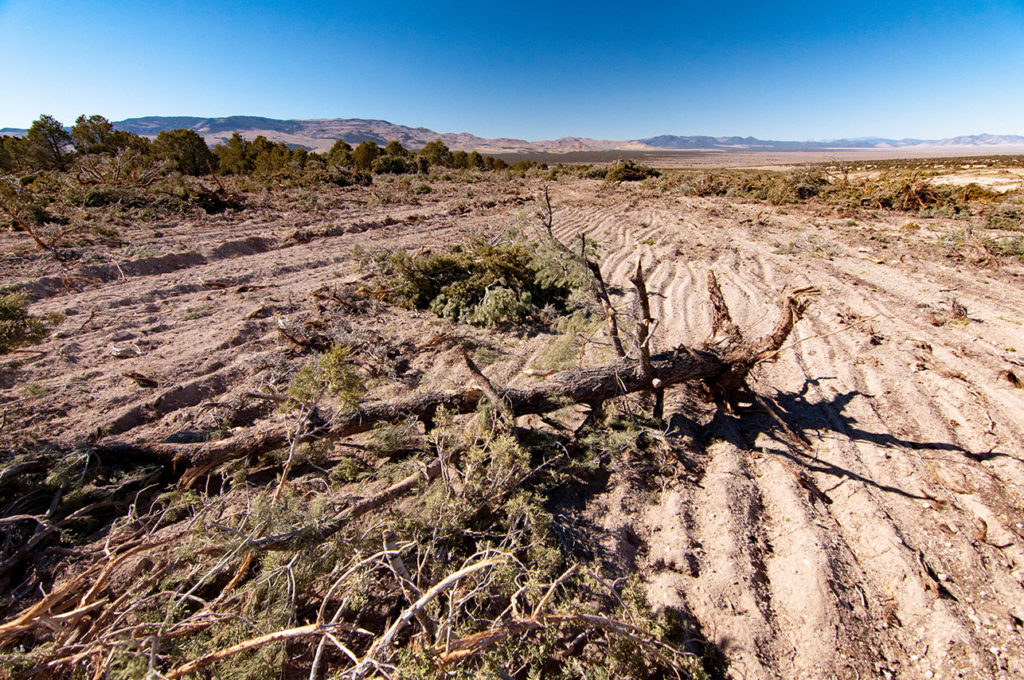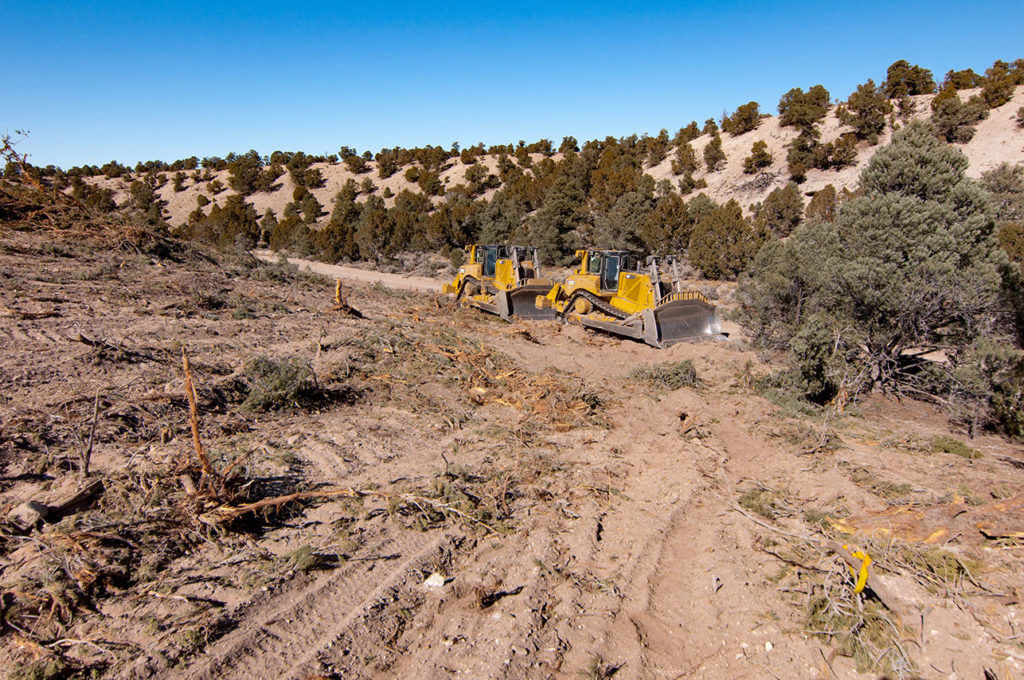Last fall, SUWA filed a lawsuit to stop the Bureau of Land Management (BLM) from destroying pinyon-juniper woodlands through “chaining” and “bull-hog” projects in an area of Utah’s West Desert called Hamlin Valley. Click here for more information on these types of projects.
These projects arose out of an analysis that the BLM’s Cedar City field office completed in 2014, which broadly considered how vegetation removal projects would impact public land across an almost 200,000-acre area. The BLM’s analysis did not describe how many of the 200,000 acres would be manipulated, nor where projects would actually occur on the ground. As the analysis stated, the emphasis was “on analyzing the cumulative effects of multiple future activities rather than the direct and indirect effects of a single activity.”
In seeming direct contradiction of that statement, the BLM started approving and implementing projects without analyzing the direct and indirect effects.

The first of these projects was done without public notification. After we realized the BLM was proceeding this way, we immediately contacted them and demanded that they live up to their commitment to perform additional site-specific analysis. When the BLM wouldn’t agree, we filed a lawsuit in federal court arguing that it had a duty under the National Environmental Policy Act (NEPA) to analyze and disclose the direct and indirect effects of these projects, which it had failed to do.
Even though two projects were completed while the case was progressing, we continued litigating, hoping to prevent this type of devastation from occurring through potential future projects.
And now, after months of back and forth between us and the agency, the BLM has finally backed down and agreed to prepare new site-specific analyses for any additional projects in the greater Hamlin Valley area. With the BLM’s commitment in hand, and made expressly to the court, we agreed to dismiss our lawsuit.
We hope that this helps the BLM begin to rein in its devastating chaining and other vegetation removal projects. We’ll continue to hold the agency accountable while pushing them to make better informed, more transparent decisions.



